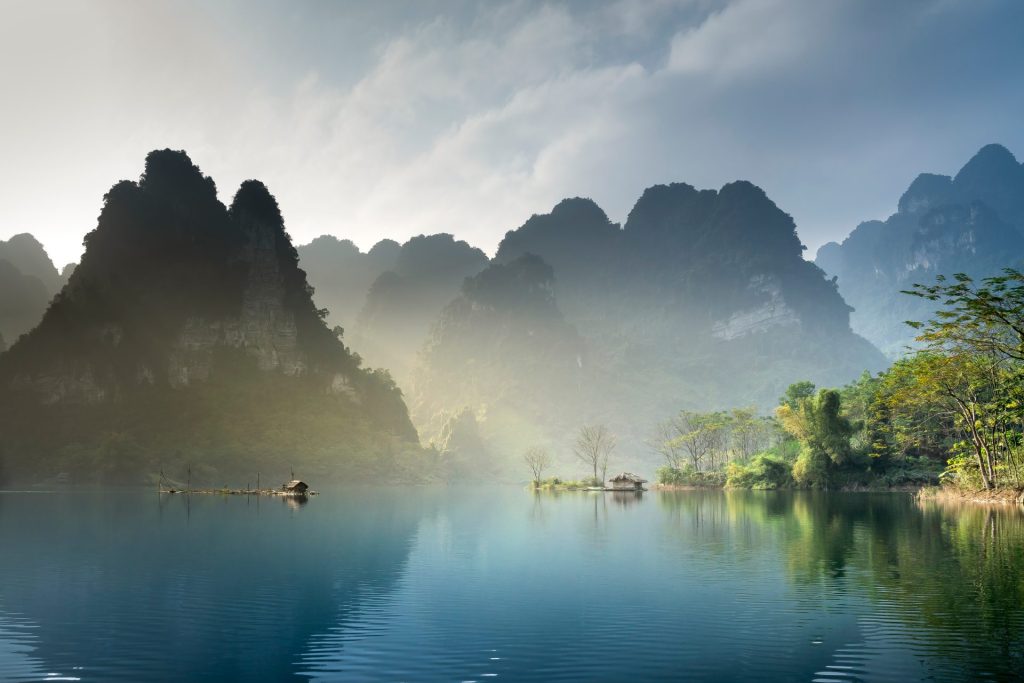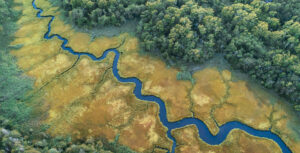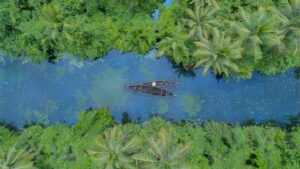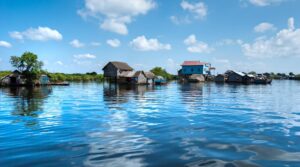PERSPECTIVES
The quality of a water governance process sets the basis for the quality of its outcomes, and GoAL-WaterS has provided means to invest in governance. This publication provides examples of achievements in Cambodia, Laos, Jordan and Bosnia and Herzegovina.

The Governance, Accountability and Learning for Water Sustainability programme (GoAL-WaterS) started in 2019, with the aim of supporting sustainable planning, allocation, use, and protection of water, through stronger governance and management frameworks and processes. GoAL-WaterS has supported national policies and priorities and was strategically managed by the UNDP-SIWI Water Governance Facility, hosted by the Stockholm International Water Institute.
The quality of a water governance process sets the basis for the quality of its outcomes, and GoAL-WaterS has provided means to invest in governance. The programme has engaged stakeholders in priority-setting, development of plans, policies, laws and regulation, and in implementation. GoAL-WaterS ended in 2022 and has been implemented in 11 countries. This publication provides examples of achievements in four of these countries: Cambodia, Laos, Jordan and Bosnia and Herzegovina.




We use cookies on our website to make your experience better. Your personal data is safe and we do not sell it to anyone.
The website is running without cookies, some features will not work.